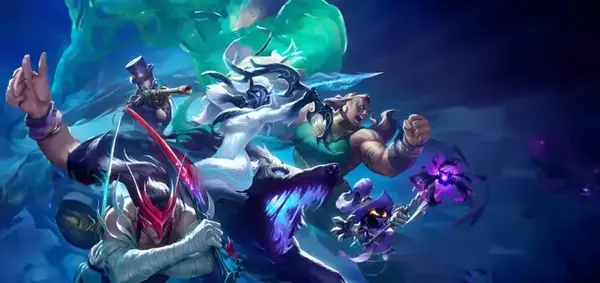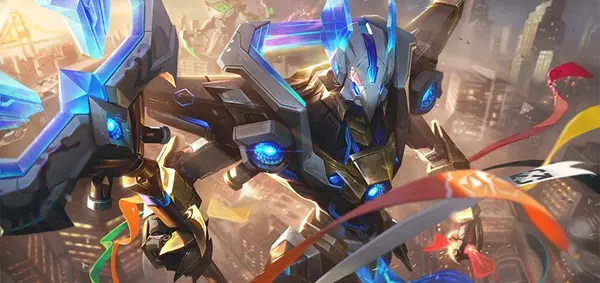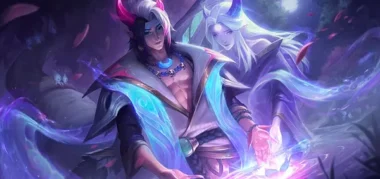Introduction
League of Legends (LoL) is celebrated for its depth, complexity, and competitive nature. However, one persistent issue lies at its core—balancing. With over 160 champions, frequent updates, and a global player base, maintaining balance is a herculean task. This article explores the challenges of balancing LoL, the impact on gameplay, and what Riot Games has done and could do to address these issues.

Why Balance Matters in League of Legends
Balance directly affects the enjoyment and fairness of the game.
Competitive integrity
- Balanced champions ensure no one strategy or character dominates, allowing for skill expression.
- Esports tournaments rely on balance to maintain excitement and unpredictability.
Player satisfaction
- Unbalanced champions create frustration, especially for players repeatedly facing or using them.
The Complexity of Champion Diversity
With so many champions, achieving perfect balance is nearly impossible.
Wide variety of roles and playstyles
- Champions fulfill diverse roles: Tank, Support, ADC, Mid-laner, and Jungler.
- Each role requires unique mechanics and balance considerations.
Interdependence of abilities
- A champion’s power isn’t just about raw stats but how their abilities interact with others.
- Buffing or nerfing one ability can unintentionally disrupt a champion’s identity.
Frequent Meta Shifts and Patches
Riot Games’ commitment to regular updates is a double-edged sword.
Advantages of frequent patches
- Keeps the game fresh by addressing overpowered champions and introducing new content.
- Provides opportunities to address emerging balance concerns.
Disadvantages of frequent changes
- Frequent updates make it harder for casual players to adapt.
- Rapid meta shifts may render months of practice with certain champions ineffective.
Overpowered Champions: A Persistent Problem
Some champions frequently dominate the meta, creating imbalance.
Release imbalance
- New champions or reworks often release overpowered to attract attention.
- Examples: Akali’s rework and Aphelios’s initial release led to months of frustration for players.
Buffs gone too far
- Buffing underused champions can unintentionally make them overpowered.
- Example: Yuumi’s scaling became problematic in professional and casual play alike.
The Problem of Underpowered Champions
Neglected champions can be just as problematic as overpowered ones.
Low pick rates
- Champions with low win and pick rates are often ignored in high-level play.
- Example: Skarner and Azir often have niche player bases due to their steep learning curves.
Balancing for all skill levels
- Champions like Master Yi and Tryndamere perform well at lower ranks but struggle at higher levels.
- Balancing such champions requires careful consideration of both casual and competitive players.

Impact of Items on Champion Balance
The item system can exacerbate or alleviate balance issues.
Item interactions
- Some champions disproportionately benefit from new or reworked items.
- Example: Stridebreaker heavily influenced the viability of champions like Darius.
Mythic items
- The introduction of Mythic items added complexity to balance.
- Some items become must-buys, reducing build diversity and strategic depth.
Balancing for Esports vs. Casual Play
Balancing for professional players often conflicts with the needs of casual players.
Esports-driven adjustments
- Riot often makes balance changes based on professional play, which may alienate the broader player base.
- Example: Thresh’s consistent nerfs cater to his high pro play presence but frustrate casual players.
Balancing for the majority
- Adjusting champions for lower ranks can lead to higher-ranked players exploiting them.
- Example: Amumu received buffs to help casual players but dominated ranked play temporarily.
Community Feedback and Its Role in Balancing
The LoL community is vocal about balancing, influencing Riot’s decisions.
Constructive feedback
- Players often provide valuable insights about champions and items that feel unfair.
Toxic criticism
- Balancing decisions sometimes lead to backlash, especially when changes affect popular champions.
- Example: Rengar mains heavily criticized his nerfs despite his dominance in certain metas.
Steps Riot Has Taken to Improve Balance
Riot Games has implemented systems to address balancing challenges.
Public testing environments (PBE)
- Champions and updates are tested in PBE before live release to identify potential issues.
Data-driven balancing
- Riot uses detailed analytics to assess champion win rates, pick rates, and ban rates.
Mid-patch updates
- Riot has started implementing mid-patch updates to address urgent balancing issues.
Future Directions for Balancing in League of Legends
Achieving perfect balance may be unattainable, but Riot can strive for continuous improvement.
Role-specific balancing
- Tailoring adjustments for specific skill tiers or game modes could reduce frustration.
Item diversity focus
- Introducing more balanced alternatives for popular items could increase build variety.
Champion-specific tutorials
- Helping players understand niche champions could increase their pick rates and usability.

Conclusion
Balancing League of Legends is a perpetual challenge influenced by champion diversity, meta shifts, and the interplay of items. Riot Games’ ongoing efforts have shown promise, but the road to perfect balance remains long. Through data-driven updates, community engagement, and innovation, LoL can continue to thrive as one of the most dynamic and engaging multiplayer games in the world.


